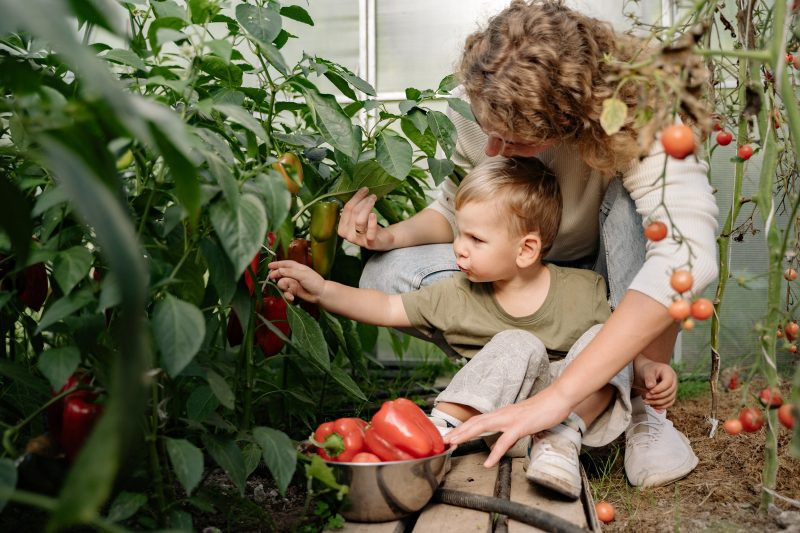7 Strategies to Get Your Kids to Eat Vegetables

Getting kids to eat their vegetables can be a daily struggle for many parents. Whether it’s the bitter taste, unfamiliar textures, or simply a resistance to anything green, convincing children to embrace a balanced diet can feel like an uphill battle. However, with a bit of creativity, patience, and persistence, you can turn mealtime into an opportunity for your kids to develop a love for vegetables.
Together we will explore 7 effective strategies to encourage your children to eat their vegetables and foster healthy eating habits from an early age.

1. Be a role model
Children are more likely to adopt healthy eating habits if they see their parents and caregivers doing the same. Make sure to include a variety of vegetables in your own meals and show enthusiasm for eating them. Explain the benefits of a balanced diet, emphasizing how vegetables provide essential vitamins and minerals to help them grow strong and healthy.
2. Make it Fun
Transforming the eating experience into a fun and engaging activity can ignite your child’s interest in vegetables. Create colorful vegetable platters or arrange vegetables into interesting shapes and designs on their plates. Experiment with different dips or sauces to enhance flavors and provide a sense of adventure. Get your child involved in meal preparation by allowing them to choose vegetables at the grocery store or assist in washing and chopping them.
3. Hide veggies in familiar foods
If your child is particularly resistant to eating vegetables, you can incorporate them into dishes they already enjoy. Puree vegetables and sneak them into sauces, soups, or smoothies. For instance, blend spinach into a fruit smoothie or add finely grated carrots to spaghetti sauce. Gradually increase the amount of vegetables over time as your child becomes accustomed to the taste.
4. Offer variety and choice
Allow your child to have a say in the vegetable selection and preparation methods. Take them to the farmers’ market or grocery store and let them pick out a few vegetables they find interesting. Giving them a choice empowers them and increases their engagement. Additionally, try offering a variety of vegetables prepared in different ways such as raw, steamed, roasted, or grilled. Experimenting with various cooking methods can provide new flavors and textures that your child may find appealing.

5. Create a positive environment
Avoid turning mealtimes into battlegrounds. Maintain a calm and positive atmosphere at the dinner table, free from distractions such as screens or stressful conversations. Encourage open communication and make an effort to sit down together as a family whenever possible. By fostering a relaxed environment, your child will associate mealtimes with pleasant experiences and be more open to trying new foods, including vegetables.
6. Educate through activities
Engaging your child in activities related to vegetables can help them develop a deeper understanding and appreciation for them. Plant a small vegetable garden together, allowing your child to witness the growth process firsthand. Involve them in age-appropriate cooking activities, such as washing, peeling, or mixing ingredients. Additionally, read books or watch videos that highlight the importance of vegetables and make them fun and relatable.
7. Be patient & persistent
Remember that it may take several attempts before your child develops a taste for certain vegetables. Don’t be discouraged if they initially reject them. Continue to offer a variety of vegetables regularly, and avoid forcing or pressuring your child to eat them. Encourage small bites or “no thank you” portions, respecting their preferences and allowing them to gradually acquire a taste for different flavors. Positive reinforcement, such as praise or small rewards, can also help motivate your child to try and enjoy new vegetables.
Getting kids to eat their vegetables doesn’t have to be an uphill battle. By employing these strategies and maintaining a positive and patient approach to mealtime, you can transform your child’s relationship with vegetables. Remember, leading by example and creating a fun, positive, and engaging environment might be the key.



